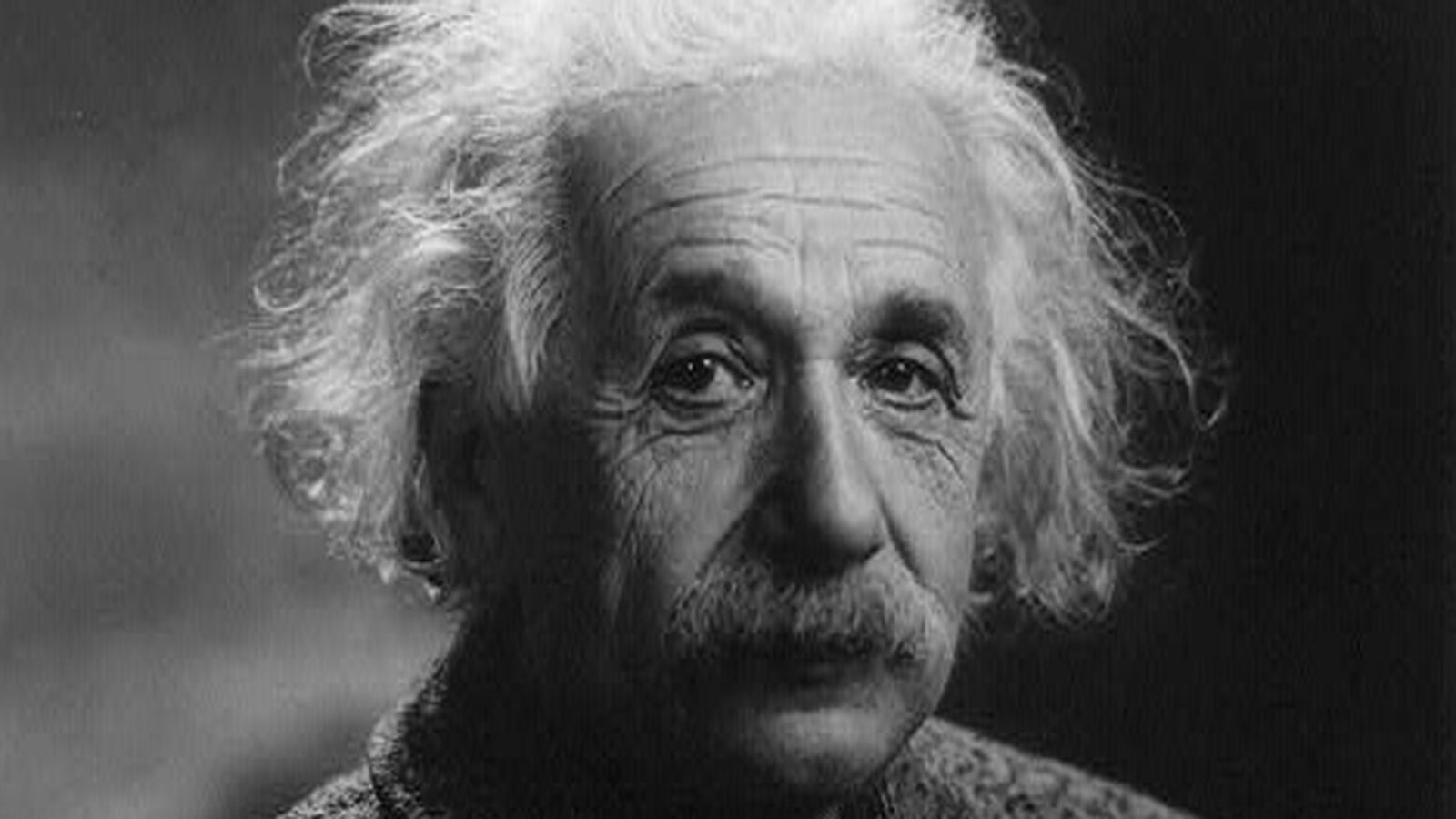Albert Einstein is rightly known as one of the most prolific scientific geniuses of our time. But in between formulating his theories of Special and General Relativity, establishing the equivalence of matter and energy, making major contributions to quantum theory, and even explaining Brownian motion (thereby supporting the study of statistical mechanics and lending credence to atoms as physical objects instead of just useful models), Einstein found time to write. And write. And write some more. Letters, diary entries, thousands of pages of material that hold answers to the more human mysteries of the man himself.
The Einstein Papers Project, a California Institute of Technology effort in collaboration with Princeton University and the Hebrew University of Jerusalem, is a multi-decade effort to capture and preserve Einstein’s writings. Volume 13, released Tuesday, Sept. 24, is less than half-way through the projected 30-volume project, but it covers a fascinating period in Einstein’s life: 1922 through the physicist’s 44th birthday in early 1943. The volume includes 36 scientific writings, 1,000 letters and a travel diary Einstein kept during a trip to the Far East, Palestine and Spain.
The volume is a glimpse into a man beginning to garner world acclaim but still lacking the respect of his peers. Underwhelmed by being named the 1921 Nobel Prize winner in 1922 – the committee had declined to name a winner for the Physics Prize in 1921 – Einstein sailed off to Japan with his second wife, Elsa, on a strengthening tide of radicalism. Indeed, the prize, awarded not for his work on relativity but for his paper on the photoelectric effect, did not even deserve a mention in his diary. Instead, he wrote of his travels during a trip that was an escape from the increasingly tense atmosphere in Berlin, affording him a few rare months of peace.



